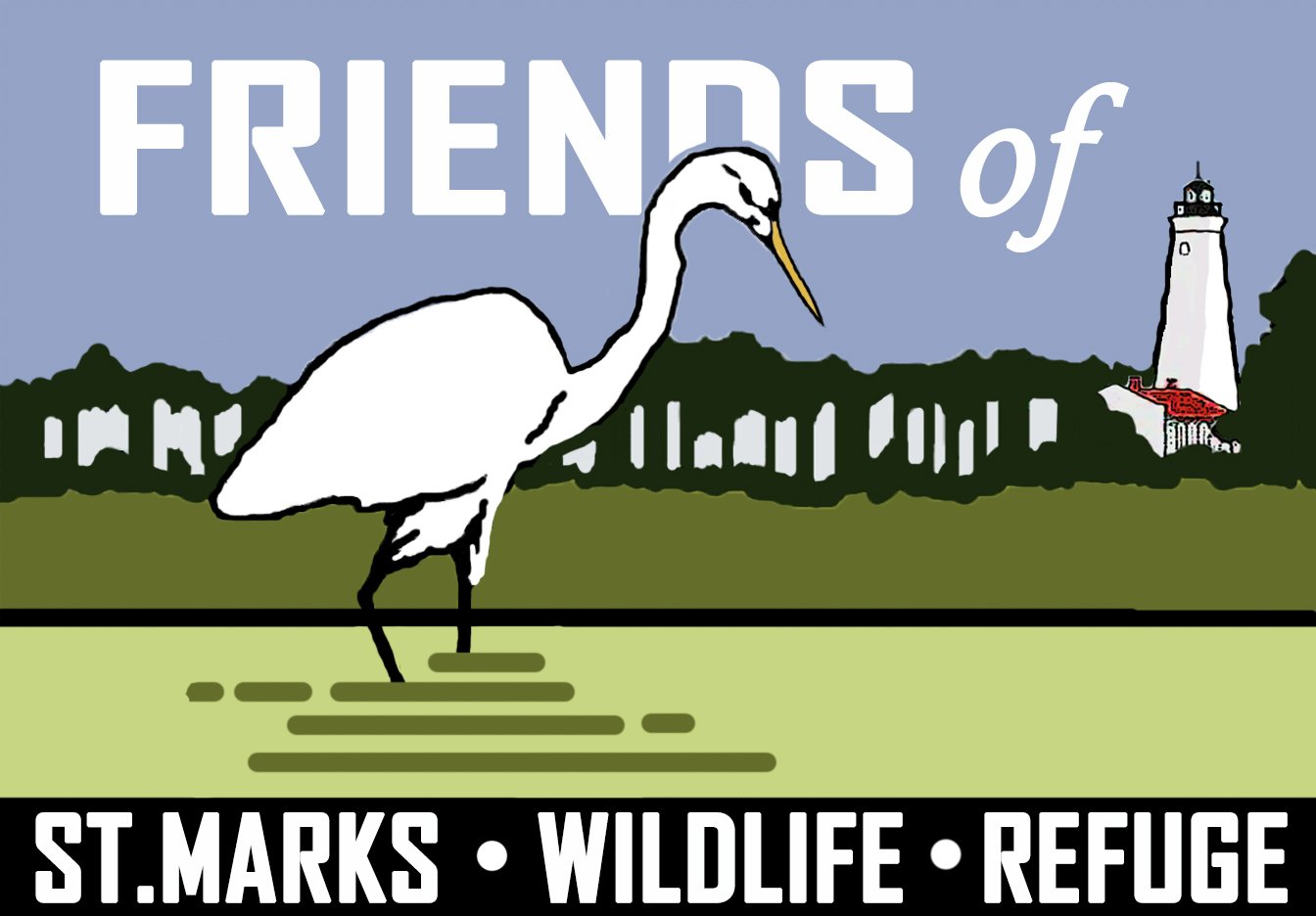Biological technician Chloë Dubben checking traps
For the last three weeks our biology team at St. Marks National Wildlife Refuge (SMNWR) has been social isolating by operating at almost business as usual. The team started trapping for threatened Frosted Flatwoods Salamanders on March 9th with volunteers, United States Geological Survey researchers, and the prospective of additional help from United States Fish and Wildlife Service (USFWS) biologists. Within the past few weeks, with the rapidly-spreading COVID-19 becoming more prevalent, personnel have taken precautionary measures to help slow the spread of the virus and continue this critical function.
Frosted Flatwoods Salamanders are listed as a federally threatened species. They once existed in ephemeral wetlands throughout the southeastern United States, but they now have two main breeding grounds; SMNWR and Apalachicola National Forest. This species has been and is still decreasing due to habitat loss, especially from the conversion of natural longleaf pine ecosystems to plantation pinelands. During most of the year, adult salamanders live underground in upland areas surrounding these vernal pools. In the fall, when rain events begin to occur more frequently, adult salamanders migrate down to the slowly filling ponds and, after mating, females lay clusters of eggs on dry land typically underneath rosettes of wetland vegetation or in crayfish burrows. As the ponds fill up during the winter rainy months, the eggs become inundated by rising water and the larvae hatch. Successful breeding among salamanders is measured by occupancy trapping.
Frosted Flatwoods Salamander larvae
Occupancy trapping is one of our team’s sole duties during the month of March. This trapping takes place every year to see if salamander larvae can be found in ponds that historically held the species. This year, the goal was to trap in about 60 of these ponds. Trapping consists of surveying a pond for two nights using traps specially designed to catch aquatic creatures. The team makes note of everything caught in each trap, from water beetles to fish to cottonmouths, and extra data is collected for any salamander larvae caught. While trapping, the team is also maintaining head-started larvae. These larvae were trapped and removed from ponds and relocated to tanks of water with miniature ecosystems in place for the young salamanders to grow and develop before releasing back into the ponds. Larvae are removed from natal ponds to protect them from predators during this vulnerable life stage while also providing them with adequate prey. Due to weather fluctuations, ponds that dry up also become inhospitable for the externally-gilled larvae. While occupancy trapping, drying ponds and at-risk larvae have also been identified and taken in for head-starting.
Green Treefrog practicing social distancing
Trapping takes place in stages. The week prior to trapping was spent preparing equipment and personnel for the next month. Taking in a UTV for service; printing, laminating, and cutting tags for traps; studying fish, snakes, tadpoles, and insects that may be found in traps; calibrating water testing equipment; and creating a plan of ponds to trap and groups to check these ponds were all tasks that needed to be completed before actually going out into the field. For the first couple of weeks, the team had volunteers and additional staff to battle the biting sand gnats and push through walls of sawgrass. Ten sites could be checked in a day. Trapping was a frenzy of calling out the contents of a trap and excitement of finding the amphibious prizes we exhaustingly searched for.
As a couple of weeks went by, Florida went from a couple of scattered cases of coronavirus to thousands of infected citizens. We stopped taking volunteers with us. Fellow USGS and USFWS staff was either under stay at home orders or telecommuting. As the rest of the country hunkers down and disperses from one another, we will continue to work to finish studying and rearing Frosted Flatwoods Salamanders deep in the wetlands of St. Marks National Wildlife Refuge.
Chloë Dubben, St. Marks Intern




